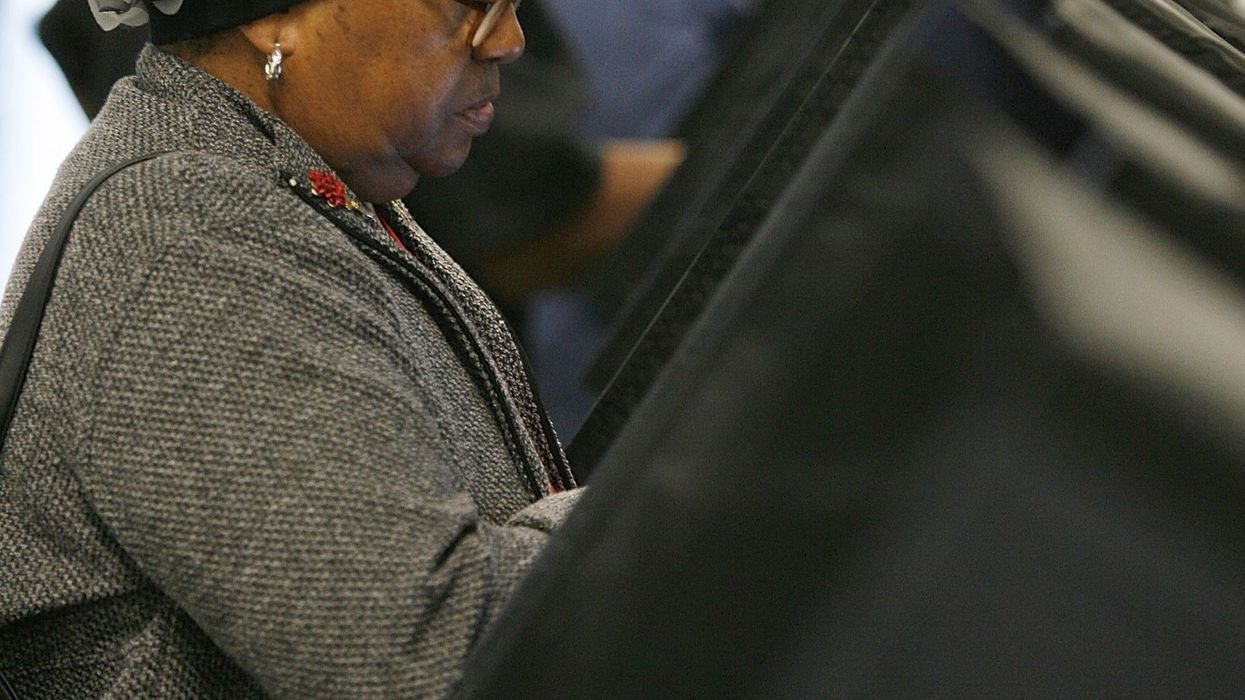As New Yorkers headed to vote for their next mayor and other local officials, those unfamiliar with New York elections found a surprise: Zohran Mamdani, Curtis Sliwa, and several other candidates were listed twice. The mayor-elect appeared as a Democratic Party candidate and as a Working Families Party (WFP) candidate; Sliwa appeared as a Republican candidate and, as the owner of multiple cats, as the candidate for the Protect Animals party.
Soon enough, questions and rumors started circulating online about this double-listing. Some people were just confused. Why were candidates listed twice? Would a vote for Mamdani on the WFP count for the Democrats? But others, like Elon Musk, said it was a scam, hinting that it might be a fraudulent ploy to help Democrats cheat their way to victory.
Those who follow New York politics know that candidates can appear more than once under different party lines on the ballot, a practice known as fusion voting. Although in this year’s election he appeared on only one party line, Andrew Cuomo has previously been listed on the ballot under different lines, including the WFP and, ironically, the short-lived Women’s Equality Party. Last year, Kamala Harris was a candidate for the Democratic Party and the WFP, and Donald Trump was a candidate for the Republican Party and the Conservative Party of New York.
The votes received under each party line are reported separately, indicating the smaller party’s appeal and strength, and then summed for each candidate to determine the winner. In Tuesday’s election, preliminary results show that Mamdani received 42.8 percent of the votes on the Democratic Party line and 7.6 percent on the WFP line for a total of 50.4 percent. Sometimes the votes on the minor party line are pivotal: the votes on the Independence/Jobs & Education Party line carried Michael Bloomberg to victory in 2009, and Rudy Giuliani won the mayoralty in 1993 thanks to the votes he won on the Liberal Party line.
Today, only New York and Connecticut actively use fusion voting, but it was once a common practice. In the 19th century, fusion voting fostered the emergence of multiple political parties. Fusion voting is credited with helping small parties stitch together an anti-slavery coalition that ultimately contributed to the abolition of the institution. But by the turn of the century, it was banned in most states because it threatened the power of the major parties. The practice survived in some states, most prominently in New York, where it enabled minor parties like the Liberal Party to be active political players.
Fusion voting gives minor parties a meaningful role to play without necessarily spoiling a race by giving them their own ballot line. For a minor party to maintain its line, it must surpass a vote threshold in statewide elections, which gives serious minor parties incentives to develop their brand and strengthen their mobilization capacity to convince voters to vote on their line and not on the major party’s. Moreover, the more votes a minor party wins on its line, the stronger its position to influence candidates once elected by threatening not to endorse in a future election or to run its own candidate. At a time when U.S. politics is stuck in a two-party doom loop, allowing minor parties to meaningfully participate in elections may help sustain more fluid coalitions and help parties find common ground over different issues.
Fusion voting also benefits voters. The minor party endorsement on the ballot can give voters more information about the candidates and the issues they care about. For years, Republican candidates in New York fused with the Right to Life Party to signal their anti-abortion stance, and the Liberal Party endorsement helped signal the liberal credentials of candidates. The minor party line also allows voters to vote for a candidate without voting for the major party. In a city like New York, the Liberal Party line allowed voters to cast a ballot for Giuliani without voting for the Republican Party. Moreover, voting for a minor party lets voters cast a more informative and expressive vote. For many voters in this week’s election, their vote on the WFP line indicated support for Mamdani while also signalling discontent with the Democratic Party establishment.
As more and more voters in the U.S. seek alternatives to the two major parties, fusion voting may provide an initial first step towards a multi-party democracy. It can encourage minor parties to build their organizational capacity and eventually push them to demand more thorough electoral reforms, such as proportional representation. It can help voters get used to voting for and identifying with alternative parties. Importantly, fusion voting doesn’t have to be limited to New York and Connecticut: efforts to reintroduce fusion voting in states like Kansas, New Jersey, and Wisconsin are already underway. If they succeed, we’ll learn more about how fusion works across different contexts, and voters could finally have more realistic options on the ballot that could help loosen the grip of the two-party system.
Oscar Pocasangre is a senior data analyst at New America




















